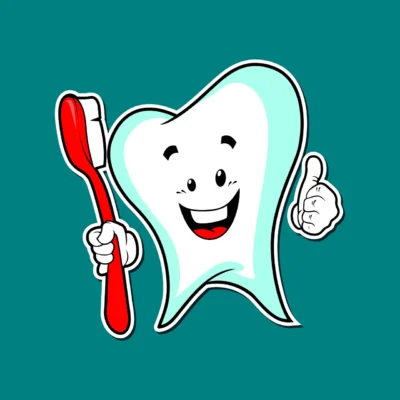
Mild cases of gum disease can usually be treated by maintaining a good level of oral hygiene. This includes brushing your teeth at least twice a day and flossing regularly. You should also make sure you attend regular dental check-ups.
Gum disease, also known as periodontal disease, is a common oral health issue that affects millions of people worldwide. The first stage of gum disease is known as gingivitis, which is characterized by inflammation of the gums.
Then, only a dental health professional can remove the tartar and stop the periodontal disease process. Periodontal diseases are mainly the result of infections and inflammation of the gums and bone that surround and support the teeth. In its early stage, called gingivitis, the gums can become swollen and red, and they may bleed. In its more serious form, called periodontitis, the gums can pull away from the tooth, bone can be lost, and the teeth may loosen or even fall out.
What Causes Gingivitis?
The depth of pockets is about 1-4mm when measured during periodontal probing. The stages of periodontal disease are determined based on the amount of damage to bone and gum tissues around teeth. As the disease gets worse, the pockets deepen and more gum tissue and bone are destroyed. When this happens, teeth are no longer anchored in place, they become loose, and tooth loss occurs.
Almost half of all adults in the United States have some form of gum disease. Regular cleanings by your dentist or hygienist can prevent gingivitis from developing. Your routine check-ups will also allow your dentist to screen for anything that may or may not be suspicious, but if so, address and treat it promptly. The only stage you can get rid of without a dentist is Stage I, gingivitis. At this stage, a daily brushing and flossing regimen can reverse your gingival inflammation. As mentioned in the study conducted by Harald Loe, you can reverse your gingivitis in an average of 9-21 days if you are consistent (which you should always be).
Gingivitis is primarily caused by poor oral hygiene habits such as inadequate brushing and flossing. When plaque, a sticky film of bacteria, builds up on the teeth and gums, it can lead to inflammation and irritation of the gum tissue.
You should make an appointment to see your dentist if you think you may have gum disease or ANUG. Gum disease isn’t always painful and you may be unaware you have it. Bacteria can enter your bloodstream through your inflamed gums.
Signs and Symptoms of Gingivitis
Antiseptic mouthwashes containing chlorhexidine or hexetidine are available over the counter from pharmacies. However, there’s some debate about whether using mouthwash is necessary for people with healthy gums. Read more about treating gum disease and keeping your teeth clean.
During stage three periodontitis, your teeth will look longer because of severe gum recession. You may also feel your teeth loosen because the gums cannot keep them firmly in place. Untreated gingivitis can quickly turn into the initial stage of periodontitis. Periodontitis is one of the most common and damaging oral diseases in the U.S. It’s the second leading cause of tooth loss among adults in developed countries; cavities are the leading cause.
Some common signs and symptoms of gingivitis include red, swollen, and tender gums, bleeding gums when brushing or flossing, and bad breath. If left untreated, gingivitis can progress to more severe stages of gum disease.
Preventing gingivitis involves maintaining good oral hygiene practices, including brushing twice a day, flossing daily, and visiting your dentist regularly for professional cleanings. In some cases, your dentist may recommend additional treatments to help manage gingivitis.
In conclusion, understanding the first stage of gum disease, gingivitis, is crucial for maintaining optimal oral health. By recognizing the signs and symptoms of gingivitis and taking proactive steps to prevent it, you can help protect your gums and overall well-being. Remember, early detection and treatment are key in managing gum disease effectively.




